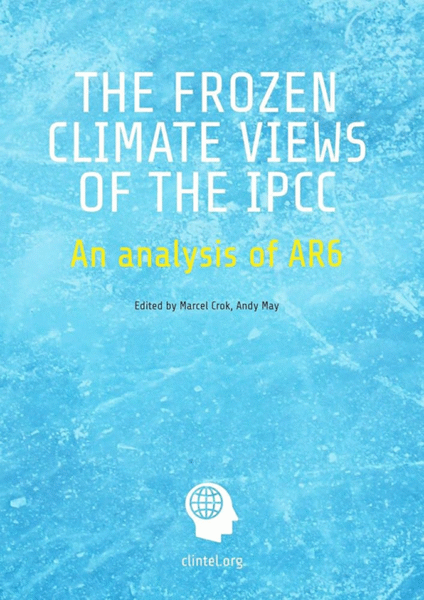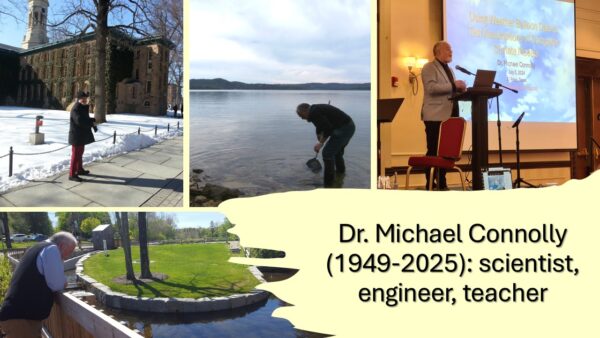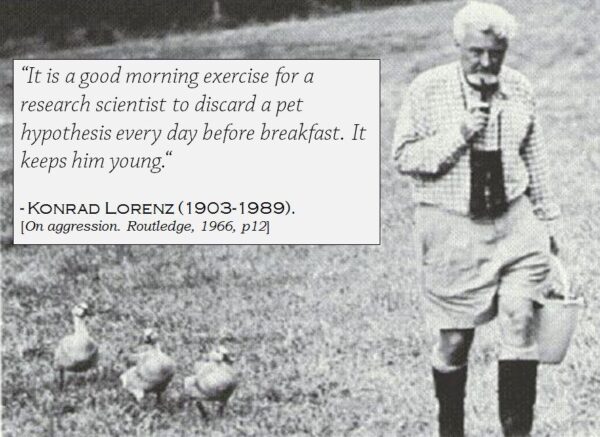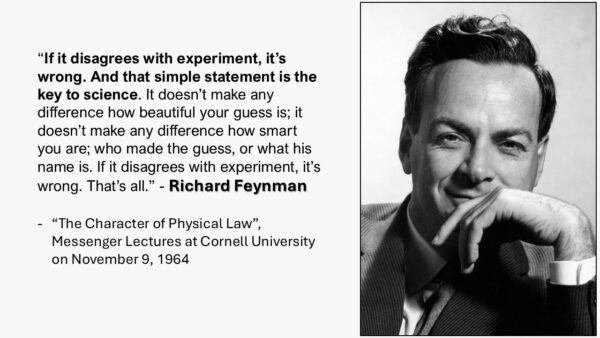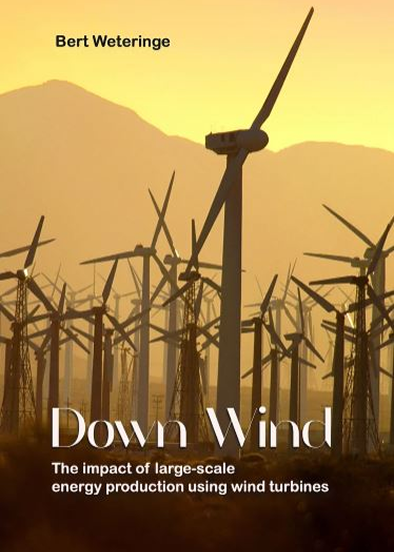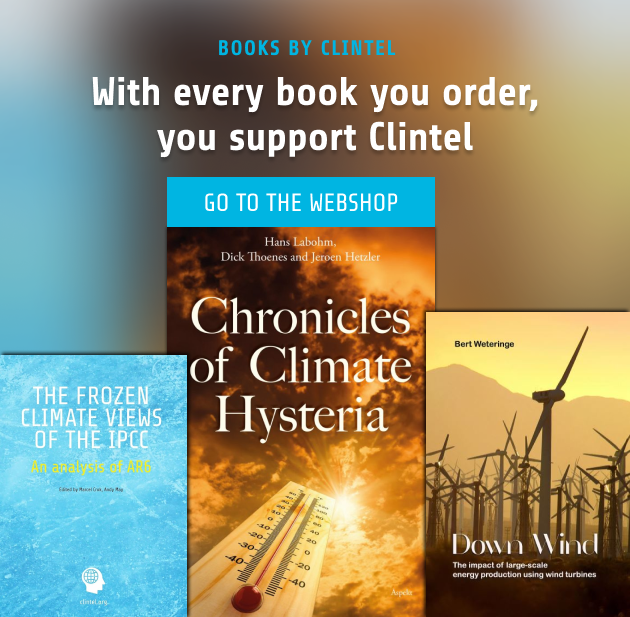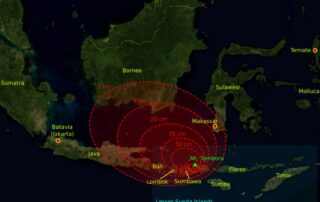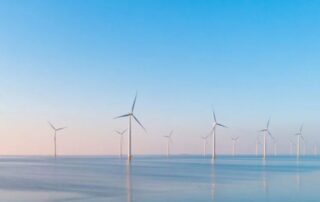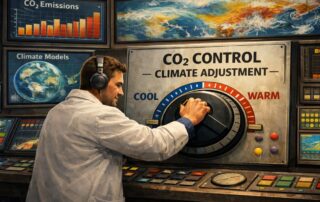Dr. Michael Connolly (1949-2025)
Last month, on August 25th, 2025, CERES co-founder, Dr. Michael Connolly, unexpectedly passed away. He is survived by his wife, Dr. Imelda Connolly, their four children – Stephen, Ronan (also a CERES co-founder), Orla and Leona – and six grandchildren. Over the course of his career, Michael co-authored scientific peer-reviewed papers with more than 100 researchers from around the world.
His papers covered a wide range of scientific disciplines, including: surface chemistry, spectroscopy, atmospheric physics, paleoclimate, solar physics, urban climate, environmentalism, energy policies, climate change, epidemiology, and many other topics.
He also was granted several patents in the fields of sustainable aquaculture, wastewater treatment and heat exchangers. From 1989-1996, Michael and Imelda set up, ran and owned the National Aquarium which was the Republic of Ireland’s first ever public aquarium.
Michael’s love for science and his passion for actively trying to “follow science where it leads” were highly formative in the founding of CERES. Although we mourn his passing, we at CERES aim to continue this mission. Over the coming months and years, we also hope to finalize and publish some of his substantial body of exciting unpublished scientific research, as well as build on the legacy of his published work.
In the meantime, we wanted to share with you this summary of his scientific career and his unique and remarkably fruitful approach to science.
Michael’s early years
Michael’s love of science began at an early age, but it came from an unlikely source. When he was 8, he got expelled from school for fighting a school bully. But, it seems being kicked out of school at the age of 8 pushed Michael into a path of autodidactism (“self-learning”) and independence that drove him to keep learning throughout his life. He became a voracious reader, borrowing so many library books that he began using his brothers’ and sisters’ library cards to read more books every week.
One book that deeply influenced him as a kid was Konrad Lorenz’s “King Solomon’s Ring” (1949, but first translated into English in 1952). Lorenz was one of the founders of the science of ethology (the study of animal behaviour) and later won a Nobel Prize for his work. But, the young Michael was mostly hooked on the practical and logical way in which Lorenz encouraged the readers of that popular science book (written to be accessible for a young audience) to study and observe animal behaviour at home and in the wild.
Michael spent much of that time exploring nature in the woods, rivers and beaches near his neighbourhood – often accompanied by some of the dogs he had befriended from the street where he lived. He learned to catch minnow from the local river, built his own “fish tank” out of parts from a local scrap yard, and figured out how to breed fish in captivity.
Many years later, when Michael and Imelda ran the National Aquarium, they succeeded in breeding more than 800 species of fish – which was apparently more than all the other public aquariums in the world put together. His approach to fish-breeding, and more generally, to studying nature was heavily influenced by those childhood experiences that were inspired by Lorenz’s book.
When he returned to school, Michael kept that independence and desire for self-learning. If his teachers weren’t able to answer his questions, he would investigate for himself. A year before he was due to finish school he found out that his teachers had badly advised him on his subject choices. He wouldn’t be able to go to college unless he did additional subjects. Michael’s response was to teach himself an extra two subjects that the school wasn’t teaching (Botany and Applied Mathematics). This allowed him to become the first kid on his street and the only one of his class to attend college.
Michael and Imelda first started dating when they were 18, and for the rest of his life, she supported him in his studies and later research and ventures, as he also supported her. When he was studying Science in University College Dublin (UCD), she bought him one of the American physicist, Richard Feynman’s books as a present.
Michael was inspired by Feynman’s approach to physics that balanced theory with experiment. Michael would often explain that “Nature doesn’t care what we think she should do”. Michael had a keen mathematical mind and felt totally comfortable studying a problem through calculus, geometry, statistics, etc. However, like Feynman, he strongly believed that the ultimate arbiter of truth in science was experimental reality.
The influence of building on Michael’s approach to science
Michael’s emphasis on paying more attention to “what is” rather than “what we think should be” was probably accentuated by his lifelong experience in the construction industry. Working in the construction business, he developed a healthy respect for pragmatism and practicality. This influenced his hands-on approach to experimentalism in his scientific research.
Training under his father, Michael qualified as a master plasterer in 1969. And Michael paid his way through college with the many plastering jobs he did with his father. He later qualified as an electrician in 1970, and over the years he gained experience in all the building trades.
After finishing his B.Sc. in Chemistry (1971) and Higher Diploma in Education (H.D.E., 1972) in UCD (Ireland) and his M.Sc. in Catalysis (Lakehead University, ON, Canada, 1974) and returning to Ireland, his wife and young family needed a family home. So, Michael built his first house entirely on his own. This was the first of many more construction projects he completed in his life: houses, extensions, apartment blocks, etc.
His work in construction often complemented his scientific research. Indeed, he was running a construction firm while he completed his Ph.D. in spectroscopy in Trinity College Dublin (Ireland) from 1986 to 1989. On some mornings, he would give his foreman detailed extra instructions for the work crews to follow – so that he would have longer in the lab in the afternoon to carry out his experiments!
Michael also obtained a degree in electronic engineering in 1980 and, from then on, he always saw a huge overlap between science and engineering. As disciplines, he considered science and engineering to be “cousins” that were both exploring similar subjects – but from different approaches.
Learning by teaching
Teaching was an important part of Michael’s life. When he was studying his H.D.E. to qualify as a teacher, one of his lecturers warned about teaching, “you tell it to them the first time, they don’t understand. You tell it to them the second time, they still don’t understand. You tell it to them three times – then you understand.” Michael felt that he didn’t truly understand something until he could explain it to others.
His approach to “education” emphasized the Latin origin of educere (“to bring out” or “to lead out”). He believed that his role as an educator was to help the student figure out the answers for themselves – as he had done as a young child teaching himself.
He taught for many years as a secondary school teacher (the Irish equivalent of a middle & high school teacher), as well as lecturing and tutoring at college and university in the fields of science, physics, chemistry, electronic engineering, computer science, mathematics and statistics. Along with Imelda, they home-schooled their kids until they were teenagers. In later years, he would give extra tuition to his grandchildren when they needed it.
Politics is just politics – we should be willing to talk to those we disagree with
Michael was very apolitical throughout his life. His mother and father often had political disagreements. They each supported rival political parties in Ireland. But, growing up listening to those political debates between his parents, Michael could find very little difference between the parties.
Coming from a working class background, he had a lot of sympathy for the Irish trade union and socialist movements. He also was proud that his great-grandfather’s nephew was James Connolly – an influential socialist and trade union leader who co-led the 1916 Easter Rising that attempted to free Ireland from the British Empire.
On the other hand, Michael had a strong libertarian bent, and in general he favoured less government intervention – in many ways, the opposite of socialism.
In his career, he had many dealings with politicians from very different political ideologies. But, in general, he thought that each of the main political ideologies believed they had “the solutions” to society’s problems – they just were coming at it from different perspectives. This tied in with his findings when he was talking to scientists who disagreed with each other.
He found that when people disagree but they take the opportunity to talk to each other respectfully, most people discover they have more in common. He found the best way to solve disagreements was usually to talk to each other – with respect. So, politically, he was equally happy talking to left-wing, right-wing and centrist people.
He also believed that science shouldn’t be political. When politicians are dealing with scientific topics, they can approach the policy implications from their own ideology – but, they shouldn’t be using their ideology to decide what the science says!
For that reason, he was willing to discuss his scientific findings with anybody, regardless of their political ideology. Left, right, socialist, libertarian – it didn’t matter. If policymakers wanted to hear about science, he would be happy to talk to them.
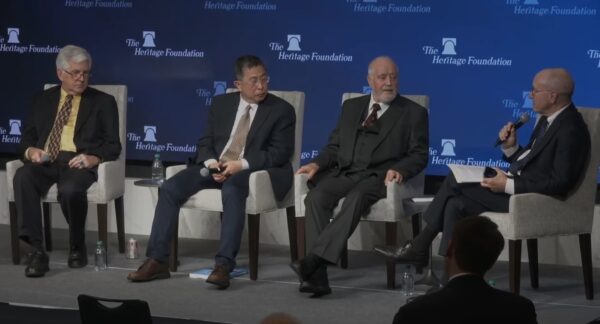
May 13, 2025. https://www.ceres-science.com/post/ceres-at-the-heritage-foundation-symposium
The aquarium and his later research into fish-farming technology
As mentioned above, from 1989 to 1996, Michael and Imelda built, opened, and ran the Republic of Ireland’s first ever public aquarium – the National Aquarium in Bray, Co. Wicklow. They had become concerned that the Irish public knew almost nothing about the fascinating and beautiful abundance of life underwater – even though oceans, seas, lakes and rivers cover more than 70% of our planet. They were particularly worried about the general lack of public concern at the time over the global problems of overfishing. They realised the best way to get the public interested in underwater life was to show it to them.
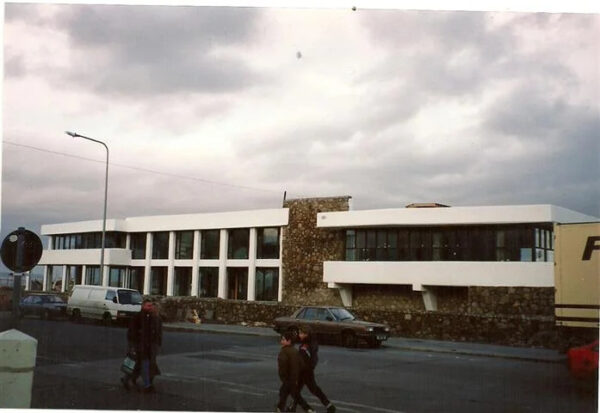
Their mission was a success and until they sold the aquarium in 1996, it was consistently the top privately owned tourist attraction in Ireland. Due to the popularity of the aquarium, Michael was also frequently on nature and environmental radio and TV programmes during the 1990s – especially in Ireland.
However, while Michael and Imelda helped get the public talking about underwater life, it didn’t address the fundamental problems underlying the overfishing of commercial species. Fish and seafood remain one of the primary protein sources for the world. Yet, at the time, the majority of the world’s fish was caught in the wild. Meanwhile, the current approaches to intensive fish farming are associated with high levels of pollution and often ethical concerns.
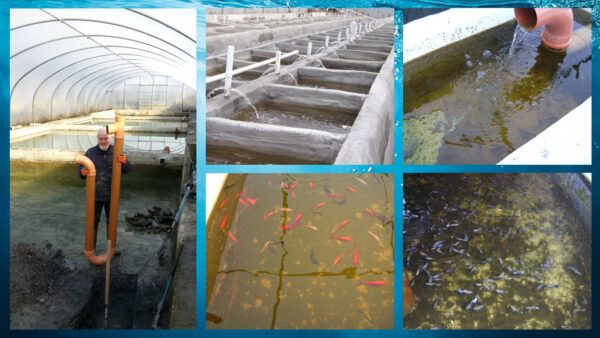
After the aquarium was sold, Michael turned his attention to a long-term project that he was in the process of finishing before his untimely death – developing an affordable, sustainable, totally recyclable, ethical, and scalable approach to fish-farming that could overcome the problems of the current approaches.
Along the way, he was awarded several patents in the fields of sustainable aquaculture, wastewater treatment and heat exchangers. One of his sons, Ronan, worked full-time with Michael for many years on this project, but everyone in the family contributed at various stages over the years.
In the last year, Michael had finally ironed out the remaining challenges in making his new approach adoptable on a large scale globally. He had been planning on building the first full-scale units with this new technology in spring 2026. Obviously with his death those plans are gone. But, we are investigating whether his plans can still be implemented over the coming years.
Michael’s climate change research
In 2010, while working on developing the fish-farming technology, Michael and Ronan began actively researching climate change in their spare time. Over the years, they had been finding problems with the claims that humans were causing dangerous and unprecedented global warming. This didn’t match with their own research in looking at the ecosystems of fish species around the world. However, until then they hadn’t been studying the subject in detail – mostly relying on the media, documentaries, popular science magazines and websites like Wikipedia.
Hence, they felt it was important to carefully and objectively research all the key aspects of the subject before forming any strong opinion. All the main topics: sea level changes, Arctic climate, paleoclimate, global temperature datasets, energy policies, global climate models, etc.
To try to reduce the problem of confirmation bias, they decided to split their research efforts into an adversarial collaboration. Ronan would focus on one subject and try to synthesize the results as objectively as possible, but Michael would then try to rip Ronan’s findings to shreds. And vice versa. It was only when neither of them could find any holes in their analysis that they felt they might be on to something.
After five years of this research, they decided that they had gained a lot of important insights which would be of interest to the scientific community. In 2014, they launched a website, OpenPeerReviewJournal.com, where they published all their results and findings as a series of eight scientific working papers.
They also realised that their findings could be of interest to the general public, and so they also set up a separate website, Globalwarmingsolved.com, to summarise their findings in a less technical format – with the help of Imelda.
In the following years, Michael, Ronan & Imelda met and discussed their findings with hundreds of scientists around the world. They sought and received useful feedback on their research which opened up even more avenues for research. It also led to multiple constructive scientific collaborations.
In particular, in 2015, they began a very fruitful collaboration with Dr. Willie Soon – then working at the Harvard Smithsonian Center for Astrophysics. In 2018, Michael, Ronan and Willie decided to start a new international research group, the Center for Environmental Research and Earth Sciences (CERES-Science.com). Since then, CERES have published 41 peer-reviewed scientific papers, of which Michael co-authored 15, with many more in the pipeline – see here for the current list.
This article was first published at the Ceres Science website.
more news
The 2023 climate event revealed the greatest failure of climate science
Instead of trying to determine the causes (Hunga Tonga!) of the extraordinary climate events of 2023, scientists have attempted to fit them into the dominant theory using models, writes Javier Vinos. In doing so, they demonstrate the failure of that theory.
Offshore wind turbines steal each other’s wind: yields greatly overestimated
The energy yields of offshore wind turbines are overestimated by up to 50% in national policy documents. This conclusion is based on an analysis of operational data from 72 wind farms.
Six Impossible Things to Believe
Like Alice’s White Queen, European and Spanish authorities want us to believe six impossible things about climate change and the energy transition.
